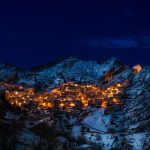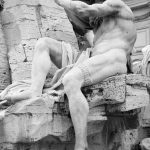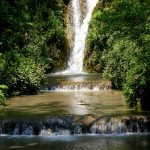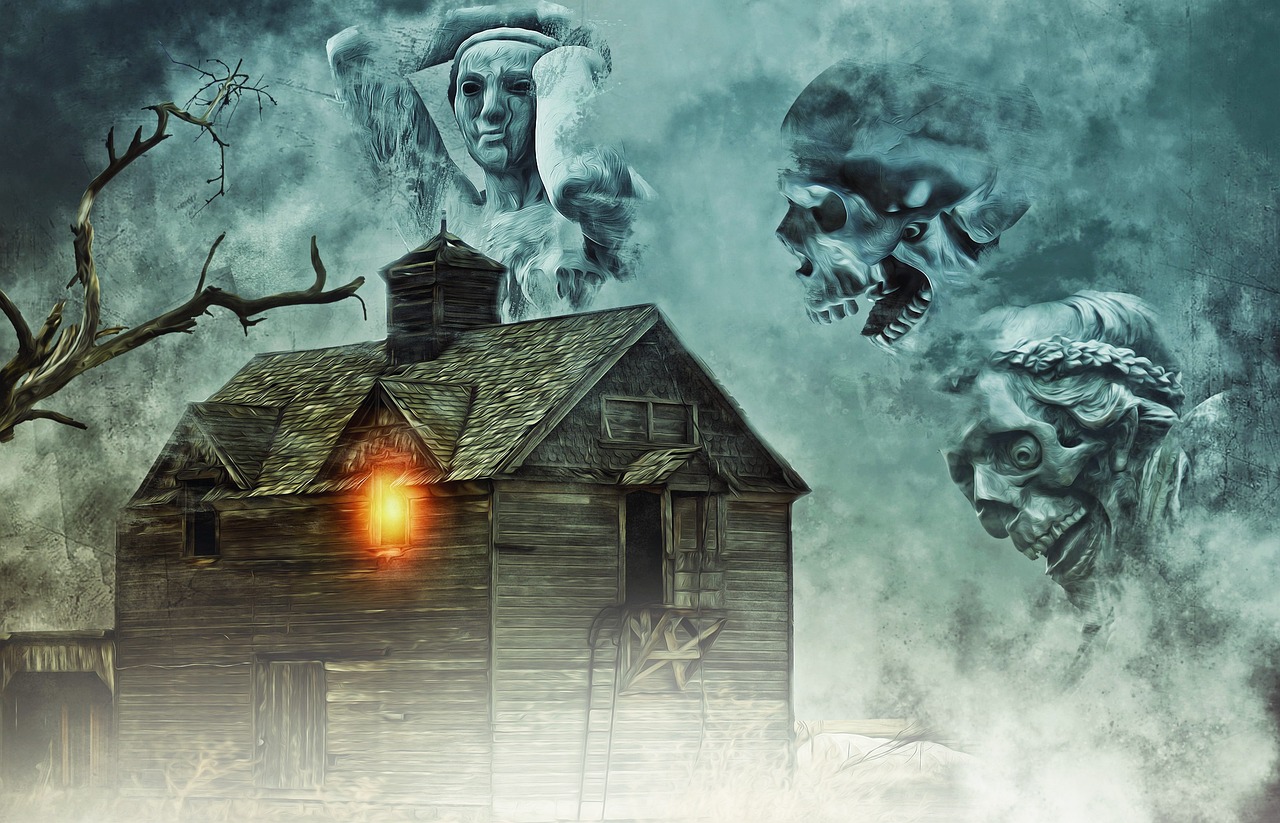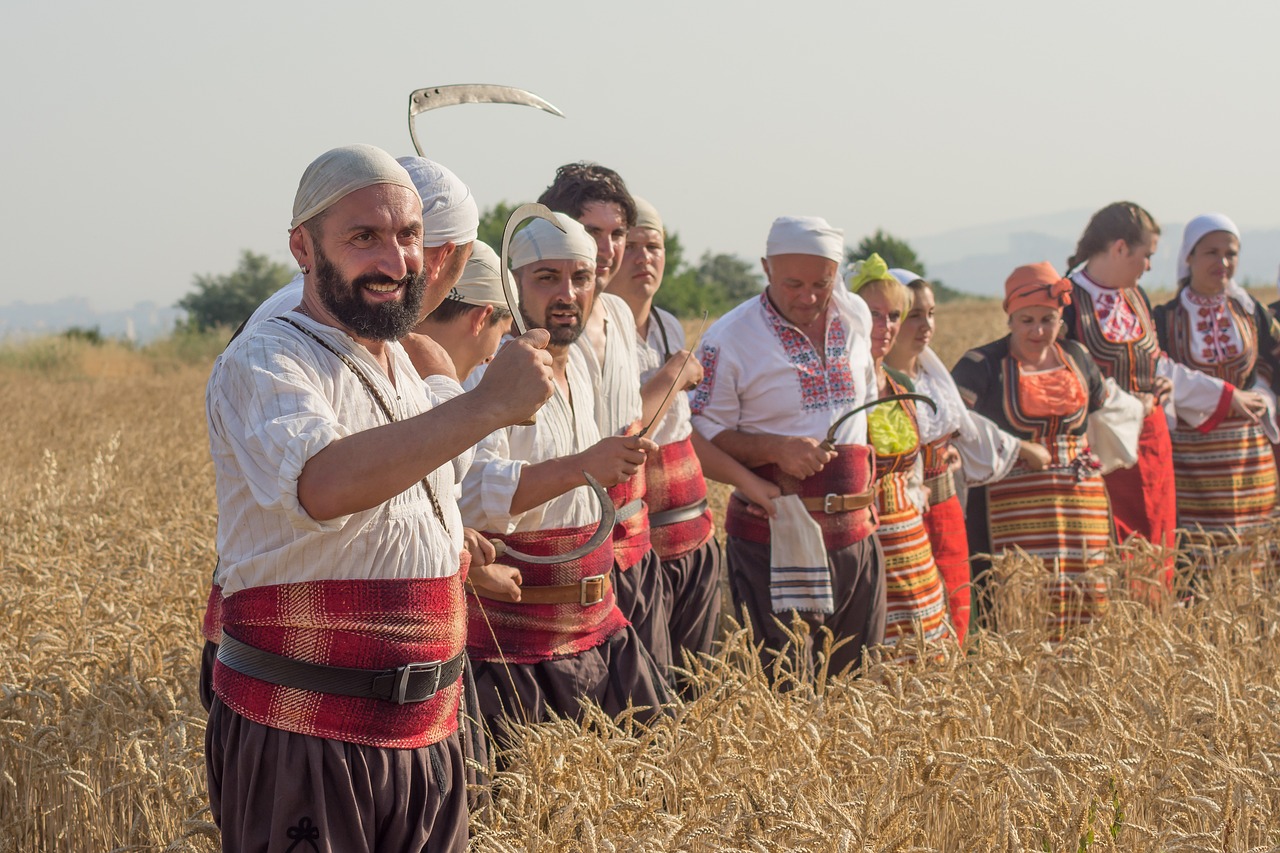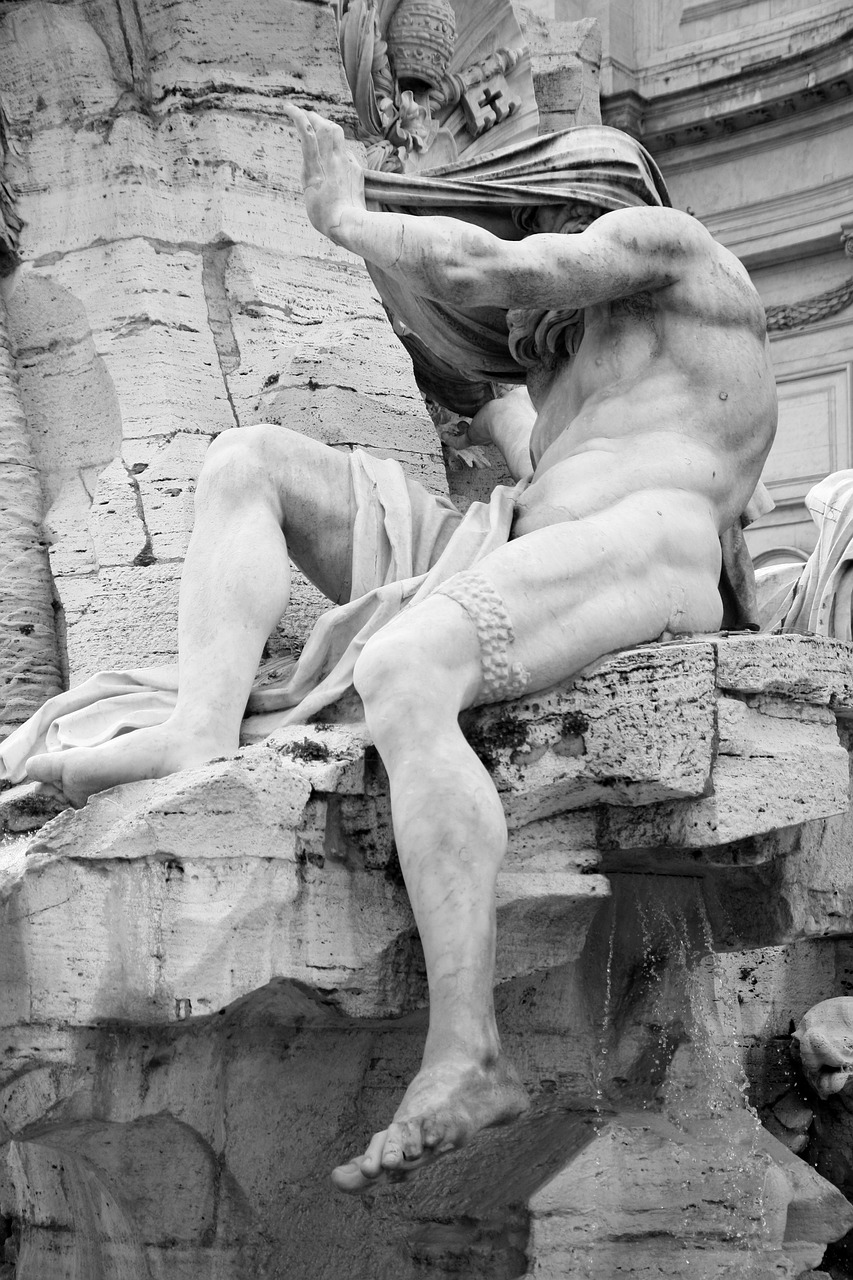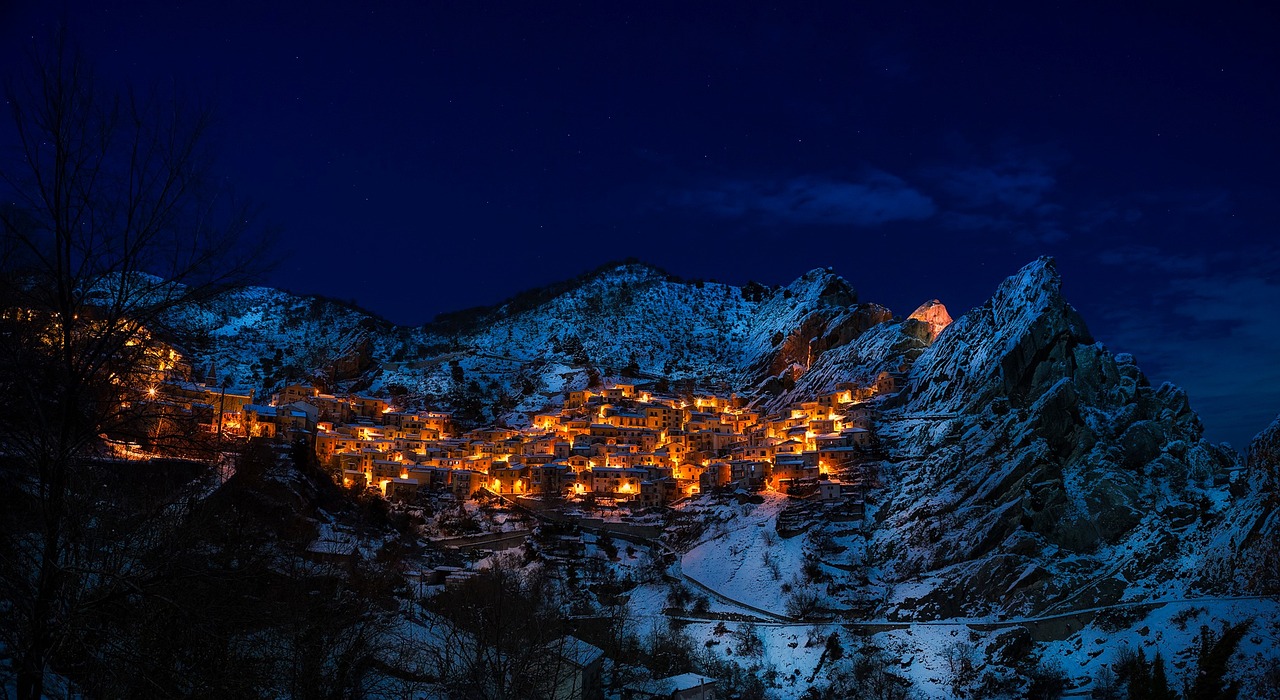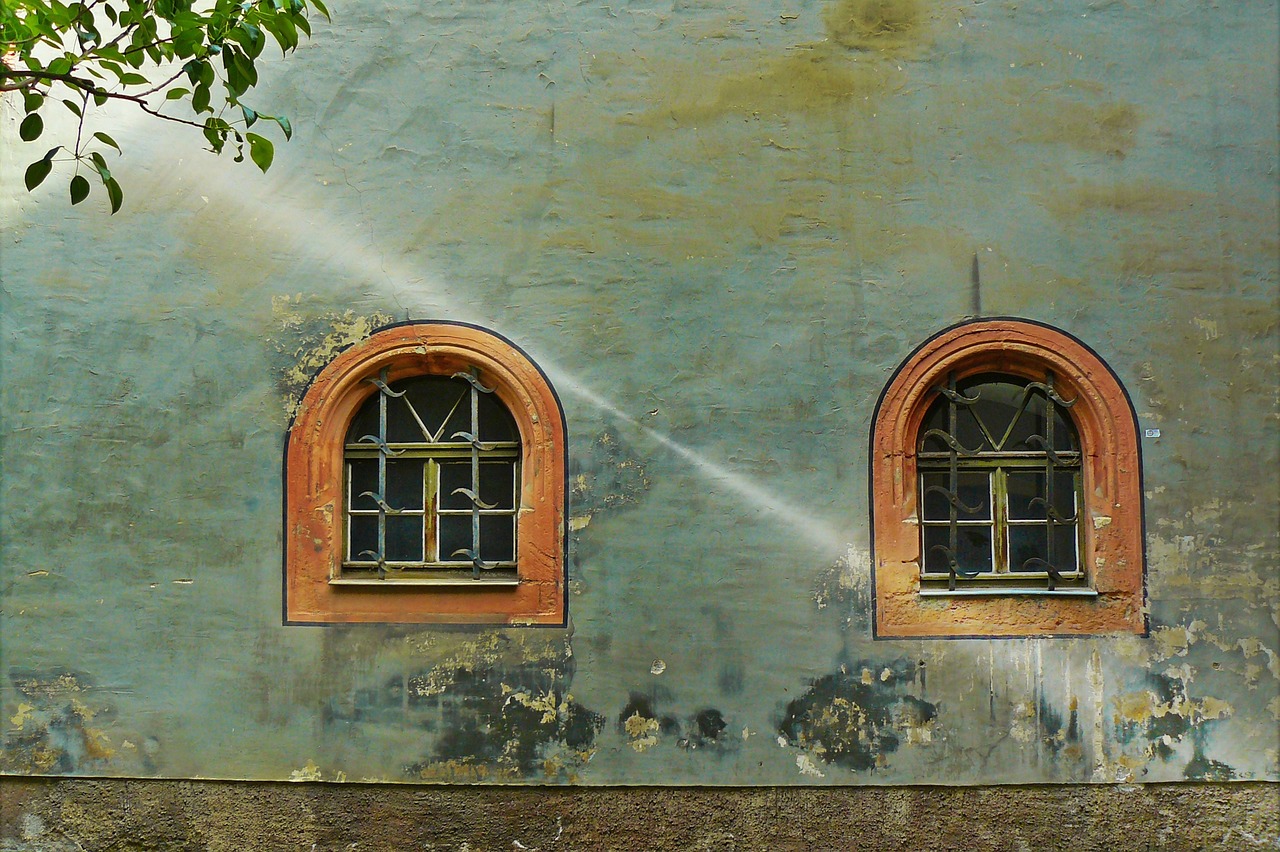Unveiling Ancient Mysteries: Exploring the Thracian Cult Complex
Perched atop Hisarya hill in the eastern Rhodope mountain, the Thracian Cult Complex stands as a testament to the enigmatic religious practices of ancient Thracian civilization.
This captivating archaeological site, situated near Senoklas village, offers a captivating glimpse into the past through its diverse array of features. From the Thracian cult center to the rock sanctuary, rock niches, rock suns, and fortress ruins, the complex is a treasure trove of historical significance.
With its strategic location in the Eastern Rhodope Mountain, the Thracian Cult Complex not only sheds light on settlement periods but also provides a vantage point for observing other medieval fortresses in the area.
Accessing this site is made easy by a well-maintained 9 km asphalted road to Senoklas village, followed by a 6 km rough road leading to the nearby chapel. A mere 20-minute walk along a marked tourist path further unveils the awe-inspiring fortress atop Hisarya hill.
Open to the public free of charge, the Thracian Cult Complex beckons the curious traveler seeking to uncover the mysteries of the past.
For further information, visitors can consult the Tourist Information Center in Haskovo or reach out to the Municipality of Madzharovo.
Embark on a journey of discovery and immerse yourself in the captivating world of the Thracian Cult Complex.
Key Takeaways
- Thracian Cult Complex is located on Hisarya hill in the eastern Rhodope mountain, near Senoklas village, 15 km southeast of Madzharovo.
- The complex includes a Thracian cult center, rock sanctuary, rock niches, rock suns, and fortress ruins.
- The fortress on the complex is situated on a flat platform surrounded by vertical rocks, with a preserved fortified wall up to two meters in height in some areas.
- The complex provides insight into settlement periods through the presence of rock niches and clay pot fragments.
Location and Features
The Thracian Cult Complex in Hisarya, located on Hisarya hill in the eastern Rhodope mountain, is a significant archaeological site consisting of a Thracian cult center, rock sanctuary, rock niches, rock suns, and fortress ruins.
The site has provided numerous archaeological findings that shed light on the ancient Thracian civilization. The cultural significance of the complex lies in its role as a religious and ceremonial center for the Thracian people.
The rock sanctuary and niches indicate the presence of rituals and offerings, while the fortress ruins suggest a defensive function. The complex’s strategic location and its visibility to nearby fortresses further emphasize its importance in the region.
The archaeological remains and artifacts found at the site provide valuable insights into the settlement patterns and cultural practices of the ancient Thracians.
Historical Significance
Despite its remote location, the Thracian Cult Complex in Hisarya possesses a rich historical significance that has captivated researchers and archaeologists for years. The archaeological findings at the complex provide valuable insights into the cultural heritage of the Thracian civilization.
-
Preservation of Artifacts: The discovery of rock niches and clay pot fragments has allowed researchers to study the settlement periods and understand the daily lives of the Thracian people. These artifacts provide a glimpse into the material culture and artistic practices of the ancient civilization.
-
Religious Practices: The presence of a Thracian cult center and rock sanctuary highlights the religious significance of the complex. Researchers have been able to uncover information about the Thracian religious beliefs and rituals through the study of these structures.
-
Strategic Location: The Thracian Cult Complex is part of a larger system of fortresses in the Eastern Rhodope Mountain. Its placement on a flat platform surrounded by vertical rocks suggests a strategic purpose, potentially serving as a defensive stronghold. This demonstrates the military significance of the complex in the ancient Thracian society.
Visitor Information
Located in the eastern Rhodope mountain, the Thracian Cult Complex in Hisarya offers valuable visitor information for those interested in exploring its historical significance. The complex can be accessed by a 9 km asphalted road to Senoklas village, followed by a 6 km rough road to the nearby chapel. From there, visitors can take a 20-minute passage along a marked tourist path to reach the fortress at Hisarya hill. The complex itself provides free access to its various attractions, including the Thracian cult center, rock sanctuary, rock niches, rock suns, and fortress ruins. Additionally, the site offers good visibility to medieval fortresses such as Menekenski Rocks, Lyutitsa, and St. Marina hill. For further assistance, tourists can visit the Tourist Information Center in Haskovo, which is open Monday-Friday from 8:30-17:00, or contact the Municipality of Madzharovo directly.
| Visitor Facilities | Transportation Options |
|---|---|
| – Free access to Thracian Cult Complex | – 9 km asphalted road to Senoklas village |
| – Good visibility to nearby medieval fortresses | – 6 km rough road to chapel |
| – Tourist Information Center in Haskovo | – 20-minute passage along marked tourist path |
| – Contact Information: Tel: +359 38 666 444, Email: tourism.haskovo@gmail.com, Website: https://visithaskovo.com/en/home/ | – Accessible by car or public transportation |
| – Municipality of Madzharovo Contact Information: Tel: +359 3720 22 20, Email: madjarovo@abv.bg, Website: www.madzharovo.bg |
Frequently Asked Questions
What is the significance of the Chapel of St. Cyril and St. Methodius in relation to the Thracian Cult Complex?
The Chapel of St. Cyril and St. Methodius holds significance in relation to the Thracian Cult Complex due to its proximity and its role as a gathering place for the local community on May 24th. It adds to the overall cultural and historical value of the complex.
What is the condition of the fortified wall surrounding the fortress at Hisarya hill?
The fortified wall surrounding the fortress at Hisarya Hill is well-preserved, reaching up to two meters in height in some areas. Its condition provides insights into the settlement periods of the site. The significance of the nearby Chapel of St. Cyril and St. Methodius in relation to the Thracian Cult Complex is not mentioned.
How long does it take to reach the Thracian Cult Complex from Senoklas village?
The travel time from Senoklas village to the Thracian Cult Complex varies depending on the transportation options chosen. Visitors can take a 9 km asphalted road to the village and then a 6 km rough road to the chapel.
Are there any restrictions or fees for accessing the Thracian Cult Complex?
There are no restrictions or fees for accessing the Thracian Cult Complex. The Chapel of St. Cyril and St. Methodius, located nearby, holds local gatherings on May 24th. The fortified wall at Hisarya Hill is preserved up to two meters in height in some areas. The travel time from Senoklas Village to the complex is approximately 20 minutes. A virtual map and photos of the complex are available online.
Can visitors access the virtual map and photos of the Thracian Cult Complex online?
Visitors can freely access the virtual map and photos of the Thracian Cult Complex online. The online resources provide a virtual experience, allowing individuals to explore and learn about the complex from the comfort of their own homes.

